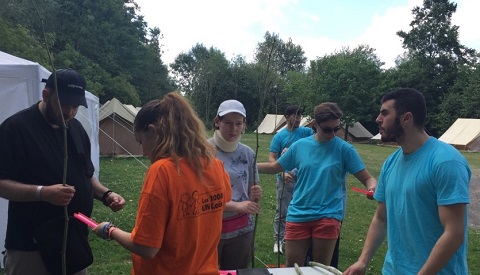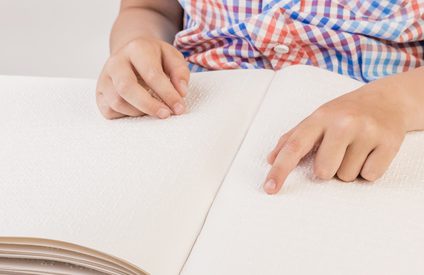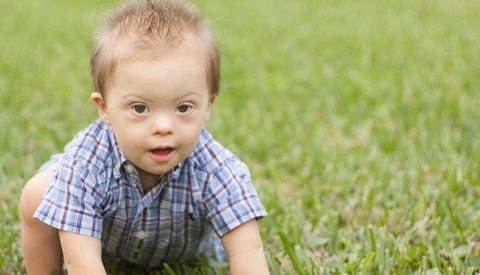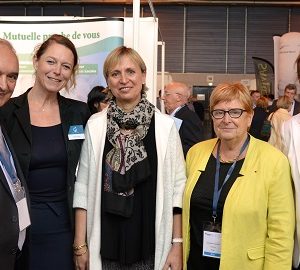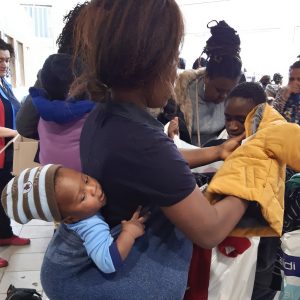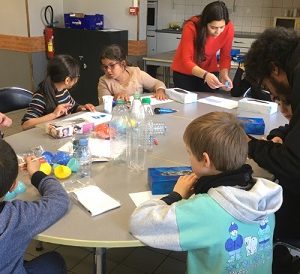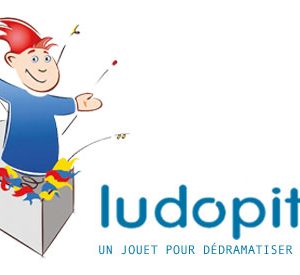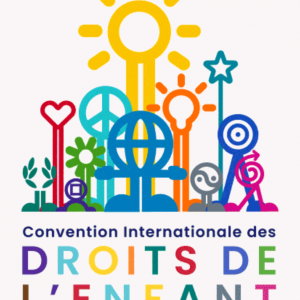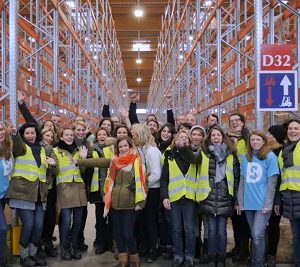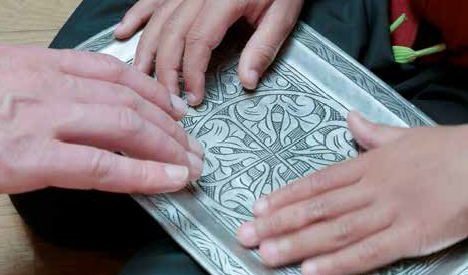

The ÏDKIDS foundation funds workshops at the Palais des Beaux-Arts in Lille to make culture more accessible to children with disabilities.
Thanks to its financial support, 50 children and teenagers from four organizations* in the Hauts-de-France region were able to take part in “Touch and See” cultural mediation workshops.
The sponsorship aims to teach children about culture in a joyful and energetic atmosphere that helps to enhance their skills. The idea is to stimulate their senses (taste, smell, hearing and touch) as they explore the museum’s exhibits. For example, to learn more about the painting “Inside a Harem in Morocco” by Benjamin Constant, the children played percussion instruments, tasted a cardamom seed and smelled some cumin.
Isabelle Régent, Okaïdi market manager and the project’s patron, explains: “Young children are often excluded from or disinclined to visit imposing buildings like the Palais des Beaux-Arts. Now they have the chance to participate in a unique and innovative experience. I went along to some of the workshops myself.”
- On 27 April there was a workshop with children from the speech and hearing rehabilitation centre in Ronchin at the Musées des Beaux-Arts.
“Ten hearing-impaired children aged 11-12 from the local school came with their teachers and explained to us, in sign language, what they had learned during their tour of the museum. They were completely at ease in these imposing surroundings. No wonder: it was their tenth visit!
I was surprised by their excitement. They radiated joy, energy and pride in how much they’d learned about mythology from the paintings (which is what they were studying in history). They told us all about the Odyssey and their enthusiasm warmed our hearts.
Then the museum’s young plastic artists, Juliette Barthélémy and Vincent Herlememont, took over in the museum’s cellar which had been converted into a plastic art workshop for the children.
It was astonishing to see how interested they were in creating a fresco of a Greek temple, especially in this age of video games! Vincent’s ability to build a rapport with these deaf and hearing-impaired children was very touching. He has taken this initiative to heart and it showed.
Juliette, the project coordinator, told us that the engaging communication tools developed for children with disabilities would be adjusted and reused on 8 June for 150 primary school pupils from three disadvantaged schools who would visit the museum and enjoy a snack afterwards. I was very happy to be invited!”
- On the afternoon of 8 June more than 150 children aged 10-11 visited the museum along with a number of children with autism – not something you see every day!
“Groups of 20 children stopped to admire the works of art displayed in halls with lofty ceilings. They were captivated by them.
The communication activity packs created by the team of plastic artists were fantastic with their DIY puppets of mythological characters, sensory fabric and scent kit, atmospheric music and curio cabinets with links to paintings of insects the children had to find.
A workshop called ‘Misery, Museums and Messages’ piqued my interest. Children training all year to be guides described the paintings ‘Prometheus Bound’ by Rubens and ‘The Judgement of Midas’ by Nicolas Mignard. These paintings express suffering, punishment and the legitimacy of authority. The choice of themes was deliberate: the aim was to make children think about isolation and injustice in a constructive way. Children really do understand these things! As 9-year-old Céline said, it helps us understand how others feel and the harm we can do, sometimes without realizing it.
Thanks to Okaïdi and my role as ambassador, I was able to share these incredible moments of humanity with my colleagues when I got back. ‘Working to make a better world for growing children’ has a whole new meaning to it now.”
*The Pierre Mâle Unit of the Children’s Psychiatric Ward at the University of Lille Regional Hospital Centre, the La Pépinière Medical Education Centre in Loos, the Regional Centre for Visual Impairment in Loos, and the Speech and Hearing Rehabilitation Institute in Ronchin.
